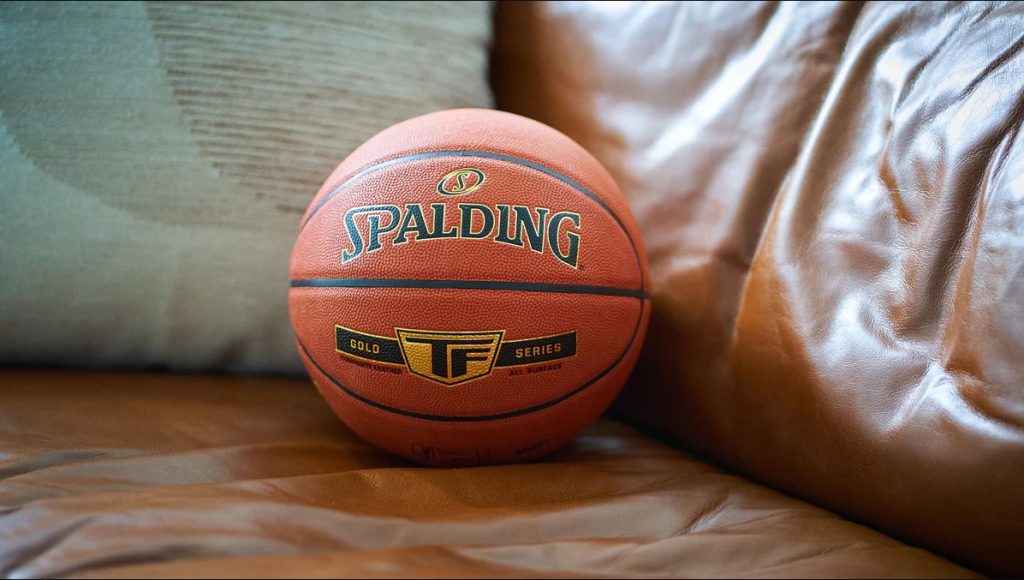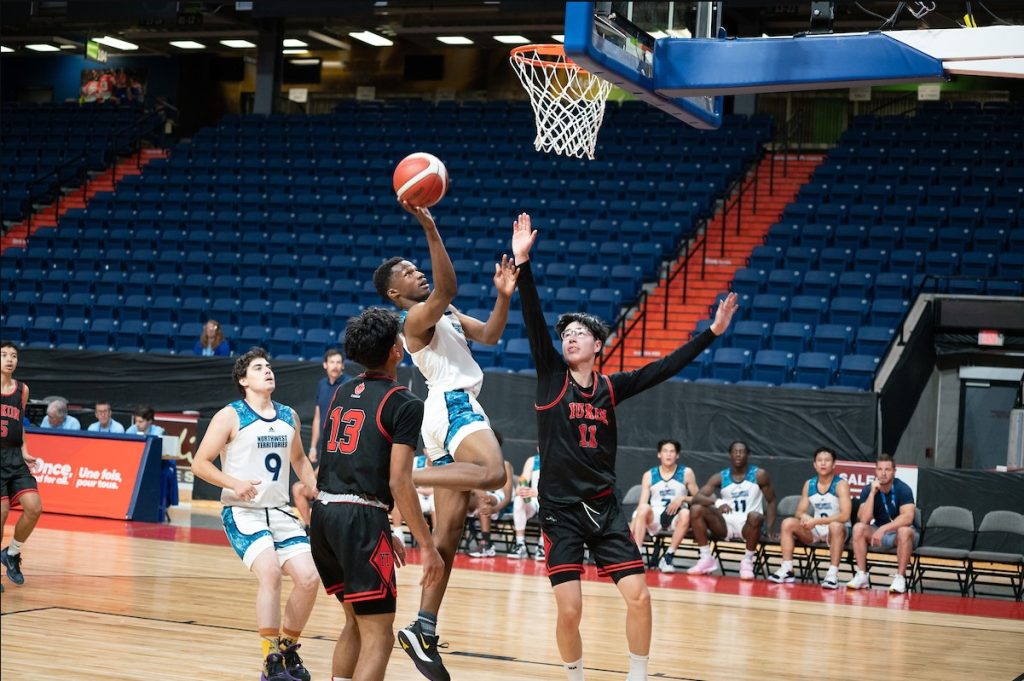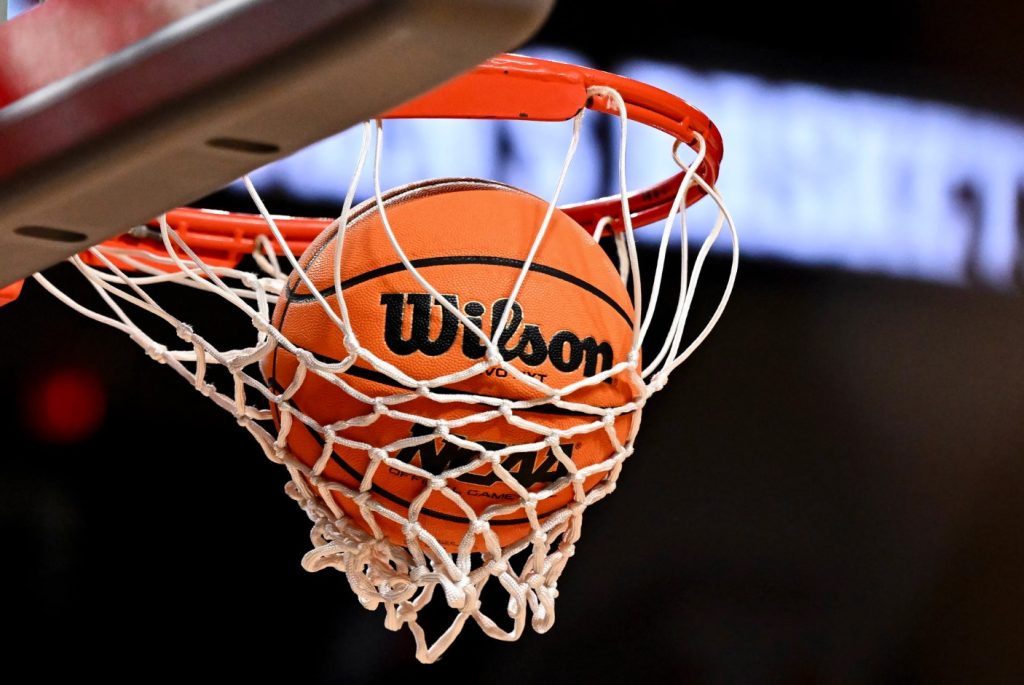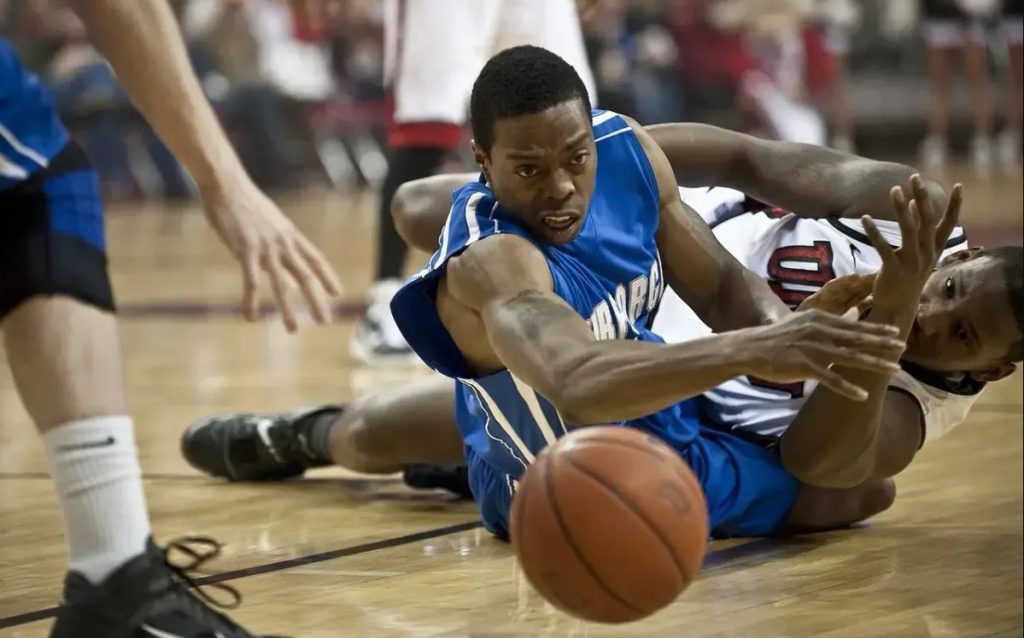How High Is a Basketball Ring? The Standard Height Explained 2025
High: Basketball is one of the most popular sports worldwide, enjoyed by professionals and amateurs alike. Whether you’re shooting hoops in your driveway or playing in an official tournament, you’ve probably asked: how high is a basketball ring? Understanding the standard basketball hoop height is essential not only for consistency but also for skill development, fair play, and safety. In this article, we’ll break down the standard height of a basketball ring, how it varies by level of play, its history, and its implications on the game.

High: Table of Contents
High: The Standard Height: 10 Feet (3.05 Meters)
High: According to the National Basketball Association (NBA), International Basketball Federation (FIBA), National Collegiate Athletic Association (NCAA), and most other governing bodies of the sport, the standard height of a basketball hoop is 10 feet (3.05 meters) from the playing surface to the top of the rim.
High: This height has remained unchanged since the invention of basketball in 1891 by Dr. James Naismith.
Standard Basketball Hoop Heights by League
| League/Organization | Hoop Height (Feet) | Hoop Height (Meters) |
|---|---|---|
| NBA | 10 feet | 3.05 meters |
| NCAA | 10 feet | 3.05 meters |
| FIBA | 10 feet | 3.05 meters |
| WNBA | 10 feet | 3.05 meters |
| High School (USA) | 10 feet | 3.05 meters |
Why 10 Feet?

When Dr. James Naismith invented basketball at the YMCA Training School in Springfield, Massachusetts, he used a peach basket nailed to the railing of a running track. That railing just happened to be 10 feet above the gym floor—and the height stuck.
Despite vast changes in the game, from player size and athleticism to court design and ball materials, the hoop height has remained the same. This continuity provides a valuable anchor point in basketball’s evolution.
Hoop Height for Younger Players
While the standard height is 10 feet, younger players often train with lower rims to accommodate their physical development and skill level. Here’s how the height is typically adjusted for youth basketball:
Recommended Hoop Heights by Age Group
| Age Group | Recommended Hoop Height |
|---|---|
| 5 – 7 years old | 6 feet (1.83 meters) |
| 8 – 9 years old | 8 feet (2.44 meters) |
| 10 – 11 years old | 9 feet (2.75 meters) |
| 12+ years old | 10 feet (3.05 meters) |
Lowering the rim helps young players:
- Develop proper shooting form
- Improve confidence
- Avoid injuries caused by overexertion
Hoop Height in Different Settings
- Driveway or backyard hoops may be adjustable, ranging from 7.5 to 10 feet.
- Community centers and parks often install fixed hoops at 10 feet, but some are adjustable to promote inclusivity.
- Mini-hoops for toddlers or indoor play are often set between 3 to 6 feet.
Adjustable hoops make basketball accessible for all ages and abilities.
Hoop Height vs Player Height
With players in professional leagues averaging heights of 6’6” (198 cm) or more, you might wonder if the 10-foot rim is still appropriate. Let’s compare average player heights across some basketball leagues:
Average Player Heights vs. Rim Height

| League | Average Player Height | Rim Height | Difference |
|---|---|---|---|
| NBA | 6’6″ (198 cm) | 10 ft | 3’6″ |
| WNBA | 6’0″ (183 cm) | 10 ft | 4’0″ |
| NCAA (Men) | 6’5″ (196 cm) | 10 ft | 3’7″ |
| NCAA (Women) | 5’11” (180 cm) | 10 ft | 4’1″ |
| High School | 6’0″ (183 cm)* | 10 ft | 4’0″ |
*Note: Height can vary significantly by region and team level.
Despite taller athletes, the rim has not been raised due to tradition, the structure of the game, and its impact on skill sets. A higher rim might reduce scoring, dunking, and other fan-favorite plays.
Regulation Backboard and Rim Dimensions
Understanding rim height also requires knowledge of the related equipment dimensions.
Standard Basketball Equipment Dimensions
| Equipment | Measurement |
|---|---|
| Rim Height | 10 feet (3.05 meters) |
| Rim Diameter | 18 inches (45.72 cm) |
| Backboard Width | 6 feet (1.83 meters) |
| Backboard Height | 3.5 feet (1.07 meters) |
| Distance from Rim to Backboard | 6 inches (15.24 cm) |
These dimensions ensure uniformity in game play and help players develop reliable spatial awareness.
Dunking and Rim Height
Dunking has become a significant part of basketball culture, especially at the professional level. Some fans argue for raising the rim to reduce the dominance of taller, more athletic players, thereby emphasizing finesse over power.
However, most coaches and experts agree that 10 feet remains an appropriate challenge, encouraging a mix of shooting, teamwork, agility, and vertical leaping.
Notably, many great players—such as Stephen Curry or Chris Paul—aren’t known for their dunking but thrive through shooting and ball-handling.
Could the Rim Height Ever Change?

There have been discussions over the years about raising the rim height in professional leagues due to the increasing height and athleticism of players. However, changing the hoop height would significantly alter:
- Game strategies
- Player training and development
- Historical records and stats
The standard basketball ring height of 10 feet (3.05 meters) has stood the test of time. It supports a balance of challenge and accessibility across all levels of the game. Whether you’re a child learning to shoot or a professional aiming for a slam dunk, the 10-foot hoop height represents tradition, consistency, and the heart of the sport.
By adjusting rim heights for younger players, using adjustable hoops for recreational use, and maintaining standard dimensions for competitive play, basketball continues to evolve while honoring its origins.




